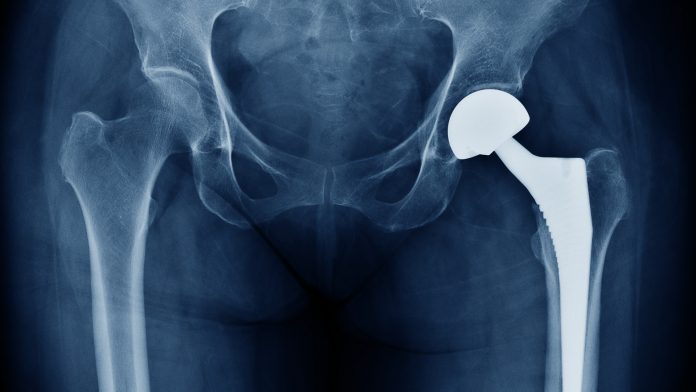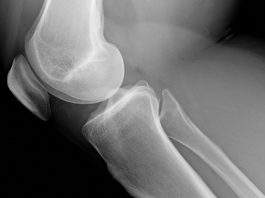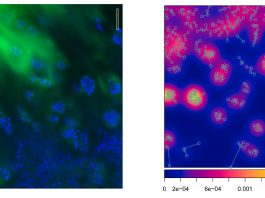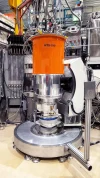Researchers from Tomsk State University, Russia, have patented a method to create a material for bone implants that reacts to weight in the same way as living human tissues.
The team used a porous powder alloy, based on titanium nickelide with titanium powder additives, to create the material. The additives made it possible to regulate the porosity, whilst also allowing the material to behave like elastic and offer significant shape memory. The properties of the new material are comparable to how the bone tissues of the human body behave under physiological stress.
Sergey Anikeev, one of the authors of the development, senior researcher at the Laboratory of Medical Alloys and Implants with Shape Memory at Tomsk State University, said: “Living tissues change their shape under the action of a load not elastically, but according to a special hysteresis pattern. This is a very unusual process: at the beginning of deformation, the biological system strongly resists and quickly accumulates stress, but then it reaches a plateau – and then the deformation proceeds without increasing stresses. And during unloading, the biological system resists this unloading and, after removing external stresses, completely restores its original shape.”
Due to the implementation of phase martensitic transformations, the alloy based on titanium nickelide possesses the same hysteresis pattern under stress. That is why implants made of this material meet the latest medical requirements in surgery, dentistry, and traumatology.
The elastic porous material can change its shape by up to 6–7% without permanent deformation. Implants made with such an alloy are as close as possible to the bone tissues of the human body.
Anikeev added: “Traditional implant materials such as titanium, tantalum, and stainless steel are not capable of exhibiting hysteresis under load. High-strength knitting needles, pins, and plates are made of them, so that under the action of loads in the human body they do not change their shape. It turns out that static conditions are created for work in the human body, in which everything is in motion. And our material lives with the body.”









